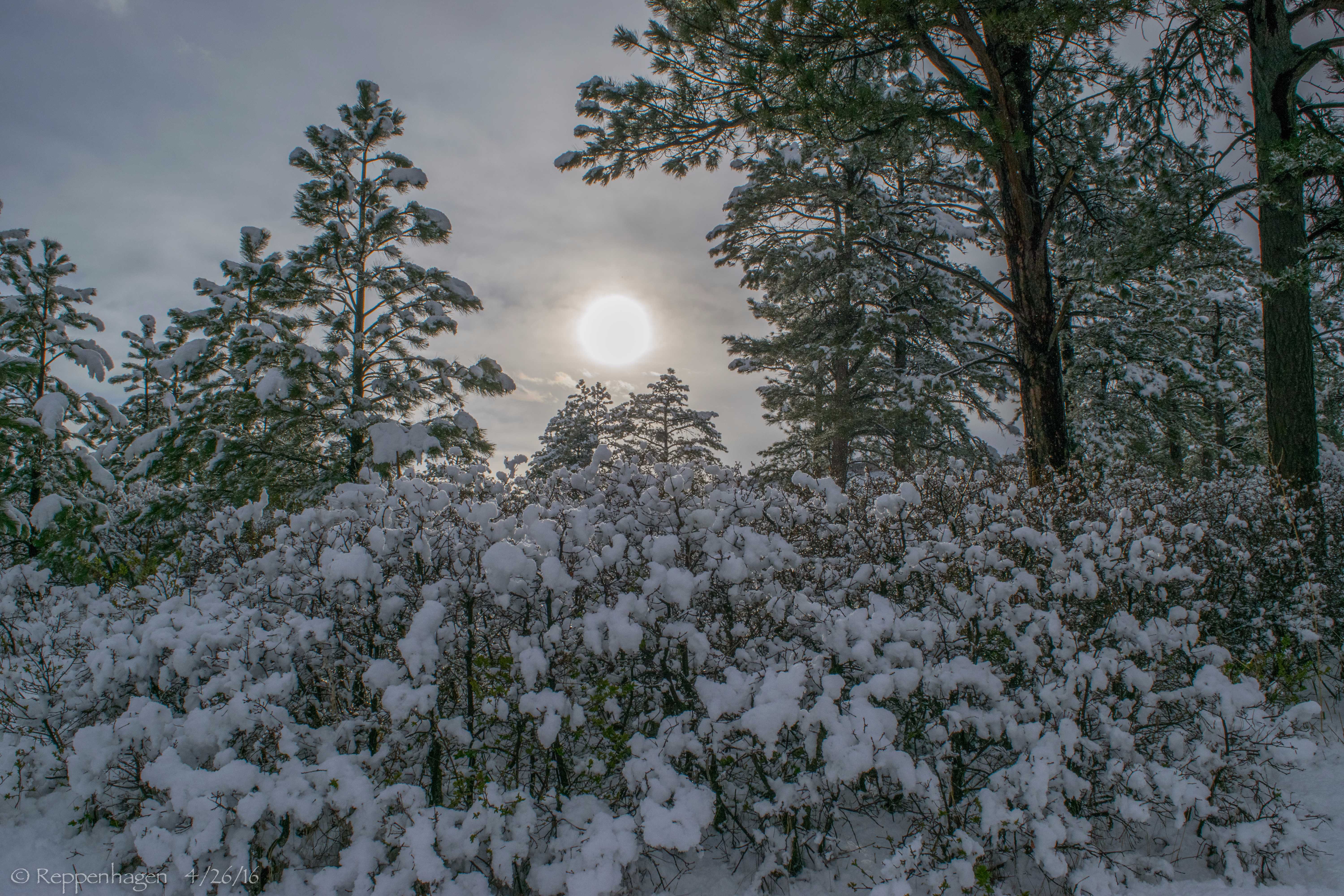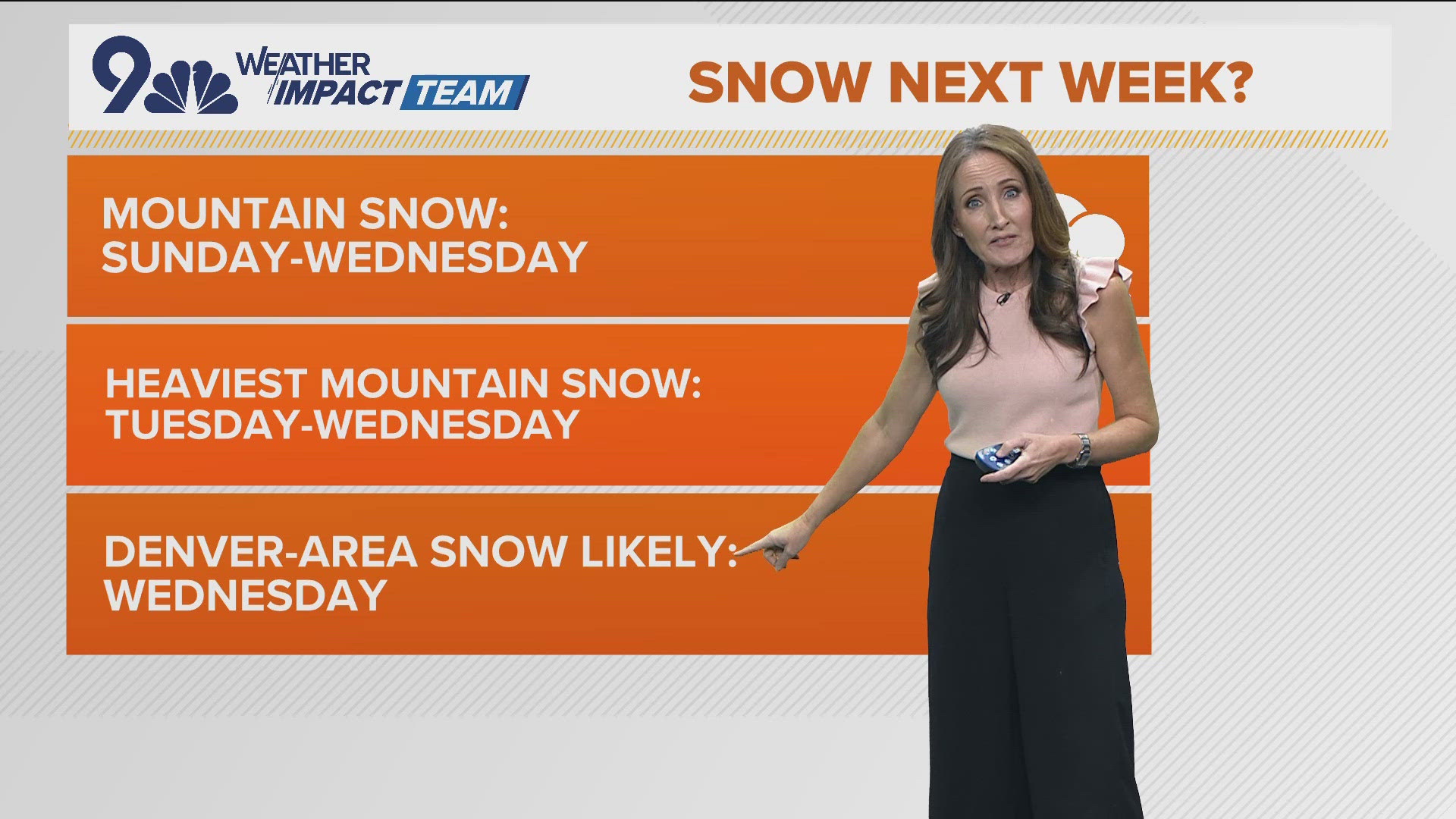The Climate Prediction Center has issued a La Nina Watch for the upcoming winter. What exactly does that mean for Colorado?
A La Nina occurs when the water in the equatorial Pacific is cooler than normal. Those waters are starting to show some cooling, and computer models are showing a good chance of a La Nina as well, so the Climate Prediction Center is giving a 55 to 60 percent chance of a La Nina developing before the winter.
La Nina alters the flow of the Polar Jet Stream over the United States. This will often track storms just to the northeast of Colorado, and it lowers the probability of us getting southern storm tracks that deliver upslope winds, which the Front Range and the Foothills rely on for big snow.
But when the NOAA Winter Outlook is issued with a La Nina, it usually shows little impact one way or the other for Colorado, because our winters can be so variable anyway, but historically, the data does allow you to draw some conclusions.
La Nina winters have historically, brought warmer, and drier conditions to the Denver metro and the bulk of the I-25 corridor.
Last year, La Nina conditions developed in August and carried into January, and we finished the winter with neutral conditions. That resulted in the lowest amount of snow that Denver has seen in 128 years.
While a La Nina doesn’t guarantee less snow for Denver, the data allows some conclusions to be drawn. The last four La Nina’s have resulted in below average snowfall, and 15 out 19 La Ninas since 1950 have also resulted in below average snow for Denver.
Our mountains have a different La Nina story. They had record snowfall in many areas, during last year’s La Nina. That’s because they can benefit from different jet stream patterns, like a straight westerly jet stream pattern, that is sometimes referred to as the Pineapple Express.
The mountains intercept the moisture coming from the Pacific Ocean, while the lee side of the mountains, where Denver is, catch nothing but warm, dry air.
That's just how the last few La Nina winters have played out for Denver.
There is no guarantee that a La Nina will develop this winter, but even when there is, the metro areas of eastern Colorado still get a few decent snow events.


